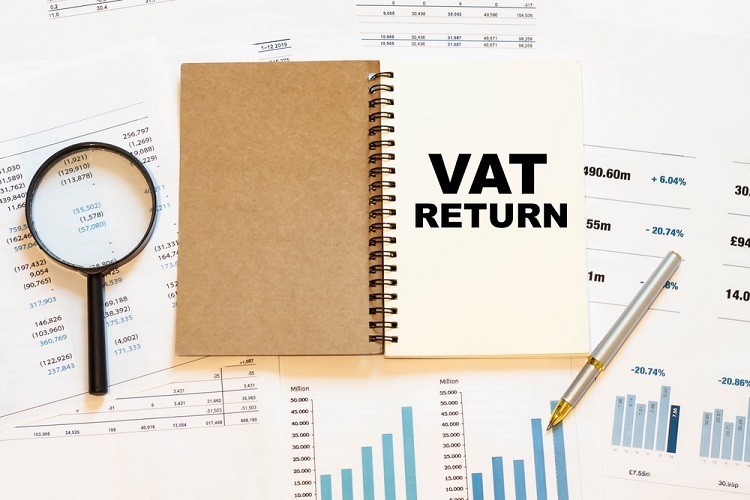If you’re running a successful business (and even unsuccessfully), you will need to submit a VAT Return every three months. While this used to be a large administrative hassle, fortunately, there has never been a time when submitting a tax return was easier than it is right now.
Table of Contents
A VAT Return serves one specific function
Value Added Tax (VAT) is a sales tax charged on the price of various goods and services in the United Kingdom, as well as the prices of goods and services from other regions. While most goods and services are subject to a standard VAT rate of 20%, some are subject to a lower rate of five or even zero percent.
Most businesses are obliged to submit an online VAT Return to Her Majesty’s Revenue and Customs (HMRC) on a quarterly basis in order to comply with VAT regulations. This is, in effect, a summary of your revenue and expenditure, as well as the amount of VAT you owe or are eligible to claim, for the period under review.
In order to be able to file a VAT Return online, you must first register an account with HMRC on the official website of the United Kingdom government. The situation has changed slightly in recent years, and you will now be required to register using a Government Gateway user ID before you can complete the registration process.
Once it’s been attained, you can begin the process of filing your VAT Return online by entering your Government Gateway user ID and VAT number into the appropriate fields.
Tax goes digital
A huge drive has been made by the government to get everyone online and to simplify and streamline procedures. This is what is known as Making Tax Digital (MTD). Starting on 1 April 2019, all VAT-registered businesses with taxable turnovers greater than the current VAT registration threshold (£85,000) are required to file their VAT Returns digitally.
A company that has registered for MTD will no longer be able to file their VAT Return through their online account. As a result, they will need to use accounting software that is MTD-compatible. The benefit is that it is now much easier to maintain and submit data, whether through an app or simply by filing your VAT return directly from any Excel spreadsheet.
To be clear, even if your taxable turnover is smaller than the threshold for VAT registration, you are still expected to maintain digital records and submit your VAT Return using MTD-compatible software after you have registered for MTD.
Making an online VAT Return
If you are not uploading your spreadsheets directly for your VAT Return, you will need to complete a number of areas on HMRC’s online form.
We’re not going to cover these in detail, but in effect they will be a summary of the VAT you owe from sales in local and other (EU) jurisdictions. Some fields may change depending on the period for which you are submitting the Return due to Brexit coming into effect from 1 January 2021.
The form will take the amounts you enter for VAT that is due as well as reclaimed VAT to calculate whether you are owed a VAT refund, or if you need to pay in more to HMRC.
Using one of the unique VAT accounting schemes, such as a Flat Rate VAT Scheme, will change some of the fields or information you need to fill in. It’s important to check the UK government website to see what may be affected.
So, what happens if I fail to file my VAT Return by the due date?
There’s no need to be alarmed if you’ve missed the deadline for submitting your VAT return. HMRC will keep track of any defaults, and if you only have one in a 12-month period, it is considered perfectly acceptable by the tax authority.
If you fail to make your payments on time for a second time, you will be charged a penalty fee. This will be based on whether your annual turnover is higher than or less than £150,000. This sum is computed based on the percentage of VAT that was owed on the due date for which the VAT Return was due at the time of the calculation.









